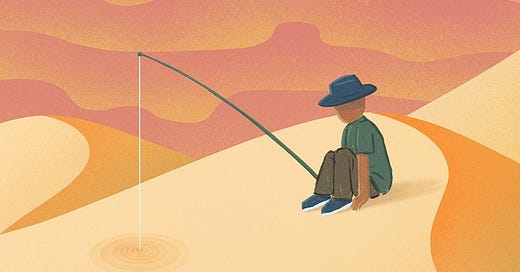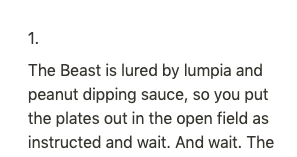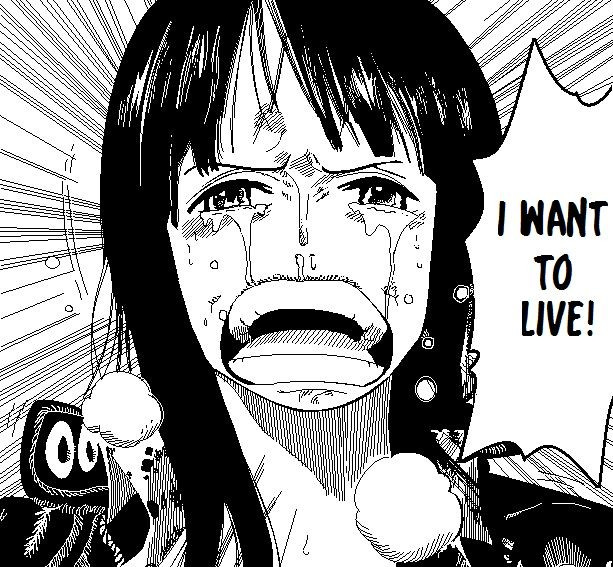Ever since I started sharing my writing more online, I've had a couple of well-intentioned people announce, upon meeting me: "Congrats on your writing thing!"
And even stranger: "It's so nice to see you writing again!" as if I've somehow stopped. As if I'm only a real writer when I have something to show for it—which, to be honest, is how my brain chatter sounds like, most days. I watched Lin-Manuel Miranda’s debut film, “Tick Tick…Boom!” where Larson, played by Andrew Garfield bemoans, When you get to a certain age, you stop being a writer who waits tables, and you become a waiter with a… hobby! And. Wow. Full-body flinch. And I’m not even 28. But the seeds are always being planted, I swear.
It took me a while to arrive here, on the other side of imposter's syndrome, with full knowing that I am still a writer even when I'm not actively stitching sentences together. I'm a writer because I'm thinking, daydreaming, resting. That all the mundane pieces that make up my day can fit together to make the part when I finally decide to sit down and write—possible. That even that two minute walk of shame to the fridge at 1AM can be part of the poem-ing.
I still wonder though. I worry. Am I behind schedule? When I was 18, I'd imagined having a novel out by now. Now, I am newly 25, no novel draft, creating art selfishly in a worldwide pandemic, and a poet to boot. But when this post comes up, I should've written about 21 flash stories for Flash Nano (the short fiction ver. of NaNoWriMo). All of them messy and perfect and mine. I'll take it.
Another thing I’ve noticed: I haven’t written enough bad drafts. And you know what happens when you attempt the lofty goal of creating 30 different stories and worlds every single day for thirty days? You tend to produce bad drafts. Like, really bad ones. It kind of does a number on your self esteem. I’m almost impressed by the depth of awful some of these are.
Whoever said “Throw some gold on the floor!” was right. What happens when you stop being so precious with your craft: you surprise yourself with the depth of stories that can come out of you. You have to trust the unfolding.
But I’ve noticed this daily practice is changing something about me. After staring at the page for half an hour, puttering around my room, zoning off to wonder if I really have it in me to work a desk job for the next 40 years, and then finally, finally letting my brain unhinge itself to play improv, the kind where instead of playing one character one plays all of them, and they’re all a little unhinged too, but you get over how bewildering it is to step outside the realm of Zoom windows and pinging Slack messages and COVID-wrecked 2021 to enter the world of pirates (and yes I am writing a story about pirates)—that I realize: hey, I’m doing the thing. I did the thing yesterday, and I’ll do it again today. And the day after that. More, if I’m lucky.
Whoever said “Throw some gold on the floor!” was right. What happens when you stop being so precious with your craft: you surprise yourself with the depth of stories that can come out of you. You have to trust the unfolding. How else can I explain this draft?
One other important thing I’m learning: how to write a scene.
I’ve been revisiting the work Carmen Maria Machado, Ocean Vuong, Mookie Katigbak-Lacuesta, who I find to be masters at constructing scenes that scintillate. Scenes that multitask. I know you’re busy, so here’s a TLDR of what I learned from a class with Mark Fogarty under my GrubStreet Fellowship:
How To Make A Scene:
Outline. Parameters can help your muse, not suffocate it.
Consider dividing scenes into three parts: 1) the thesis (premise), 2) the antithesis (opposition), and 3), the synthesis (change created by the crash of two forces). Kaboom.
If your scenes don’t bring any change, it shouldn’t be there. Cull it.
If you’re telling information your reader already know: cull that, too!
Understand the difference between “Scene Objective” and “Super Objective.”
Scene Objective is what the character pursues in the scene.
Super Objective is what the character REALLY wants deep down.Here’s a weeb example: Naruto may be fighting this villain to become Ninja President, but what he really wants is to be loved and accepted by the village who scorned him.
Think like Hitchcock. Ask: where is the tension in the scene? Then fold it in.
Don't forget your senses. Use setting and texture to enrich the scene.
In honor of the Netflix live action announcement, I want to talk about one of my favorite scenes that always make my heart burst into tiny million explosions. If you haven’t guessed yet, it’s from One Piece. And if you haven’t seen the show or the manga yet, I’m sorry for you. I’m kidding—I’ll catch you up. Here’s a breakdown of the scene (and potential spoiler alert!)
Context: Robin betrays the Strawhats. Turns out, she’s turned herself in to protect her pirate crew from the World Government, who threaten to destroy her friends the same way they committed genocide upon her homeland.
Three threads that create the exquisite push-and-pull in this scene:
The World Government (represented visually by pure white)
Robin, the unwilling party (represented visually by her all-black ensemble)
The Strawhats (represented visually by the bold red of Luffy’s vest)
Despite her “betrayal,” Robin’s crewmates are stubborn. Clawing their way into the heart of the marine fortress on a runaway train, beating down swarm after swarm of soldiers, they arrive, standing face to face, to confront Robin, still in (physical and mental) chains. To do what pirates do: liberate and take back what’s theirs.
Setting: On the left, situated high above the prison tower, we have Robin in chains, guarded by a crew of high-level assassins, a Marine flag whipping viciously on top of the spire, way out of reach. On the right, standing on the edge of a lower platform, the pirates, resolutely staring back. Between them, a chasm. And further below, the place where they’ll plummet to death with one wrong move.
I love how, without dialogue and action, the story is already being told through setting, texture, and backstory. There’s a pulse of tension, alive in every second—and no one’s even thrown a punch yet. It’s a story of divide, those in power and those without, the winners and the losers. Robins knows how this story will end. At least she thinks she does.
So: when Luffy finally asks Usopp to burn a hole through the Marine flag, the burst of fire bathing the whole world in light, and asks Robin, really asks her—tell me you want to live!—and the shadows behind her disappear: it’s a really good scene. It’s a really damn good scene.
Thanks for listening to me weeb out and deconstruct my favorite scene. And please—tell me what’s yours! I’d love to know.
What's on the shelf
My teacher recommended Into the Woods: A Five-Act Journey Into Story. I haven’t read it yet, but I’m so intrigued by the idea that stories can be mapped, in all its shapes and narrative possibilities, by the same framework.
I started reading Wing of the Locust by Joel Donato Ching Jacob. Featuring mambabarangs, fantasical insects, espionage, and more, the novel takes us into a world where we can imagine how the Philippines might’ve looked like before Spanish colonization.
The genre is sad queer Catholic girls! Check out this short story and this micro. Then come and yell at me after the devastation it causes.
“She’s Splenda-sweet salvation, preened by her parents, who do everything in a -ly way: welcome you hesitant-ly, talk about you loud-ly, watch you knowing-ly before you know why.”
Other fun detours
Dear Filipino poets and poetry-lovers—we have a space for you! With the help of some friends I’m co-organizing monthly poetry open mic sessions at the Hotpot Poetry. Our first session’s on December 12, 9PM, on Discord. RSVP through this link perform or spectate! I’m so excited to share the guest poets we have lined up. See you there? :)
Endlessly grateful that one of my favorite journals nominated one of my favorite poems for the Pushcart Prize!!!!!!????
I’ve discovered #nonprofittok is a thing; never thought I’d see an 8 second breakdown of the nonprofit industrial complex on Tiktok, but here we are!






